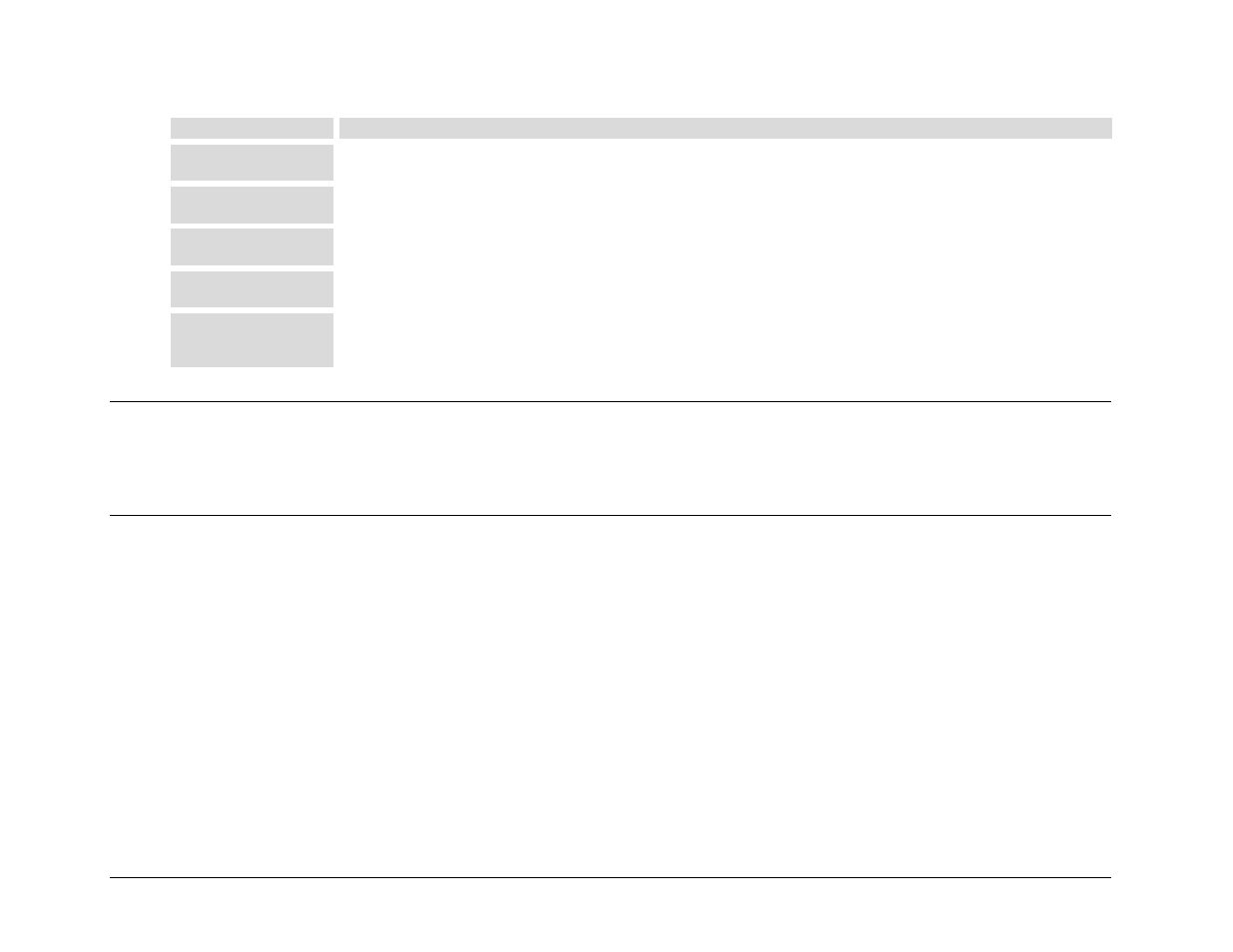6 optional message arguments, 7 end of packet – Comtech EF Data CRS-300 User Manual
Page 223

CRS-300 1:10 Redundancy Switch
MN/CRS300.IOM
Serial-based Remote Product Management
Revision 19
7–7
Code Qualifier
Description
?
(ASCII code 63)
If the Controller sends an invalid command to set a parameter to a particular value, then the Target responds with, for example, BKH? (with no
message arguments). This indicates that there was an error in the message sent by the Controller.
!
(ASCII code 33)
If the Controller sends a command that the Target does not recognize, the Target responds by echoing the invalid instruction, followed by the ‘!’
character. For example: XYZ!
*
(ASCII code 42)
If the Controller sends a command to set a parameter to a particular value, and the value sent is valid BUT the modem will not permit that particular
parameter to be changed at this time, the Target responds with, for example, BKH* (with no message arguments).
#
(ASCI code 35)
If the Controller sends a correctly formatted command BUT the Target is in Local Mode, it will not allow reconfiguration and responds with, for
example, BKH# (with no message arguments).
~
(ASCI code 126)
If a message was sent via the Switch to an attached modem or ODU, the message was transmitted transparently through the Switch. In the event of the other
device not responding, the Switch would generate a response e.g. 0100/MGC∼ indicating that it had finished waiting for a response and was now ready for
further COMs.
7.5.1.6 Optional Message Arguments
Arguments are not required for all messages. Arguments are ASCII codes for the characters 0 to 9 (ASCII codes 48 to 57), A to Z (ASCII
codes 65 to 90), period (ASCII code 46), and comma (ASCII code 44).
7.5.1.7 End Of Packet
•
Controller-to-Target: This is the ‘Carriage Return’ character (ASCII code 13).
•
Target-to-Controller: This is the two-character sequence ‘Carriage Return’, ‘Line Feed’ (ASCII codes 13 and 10). Both indicate
the valid termination of a packet.
